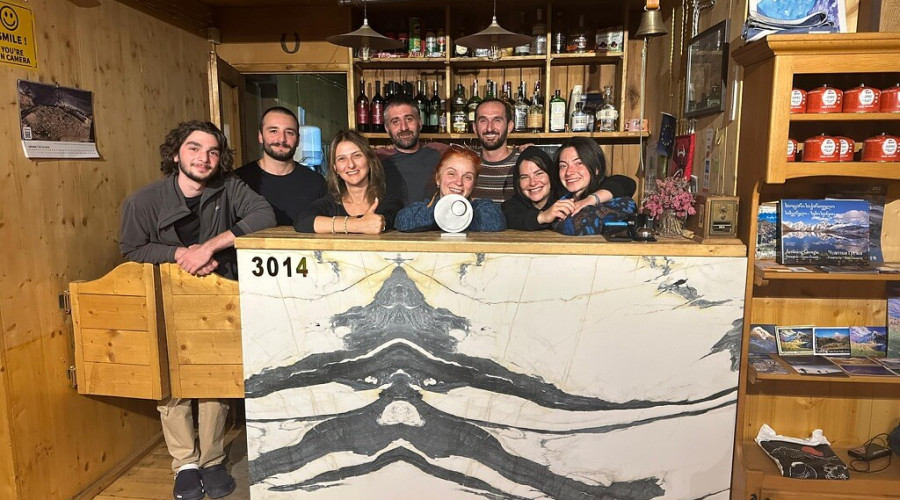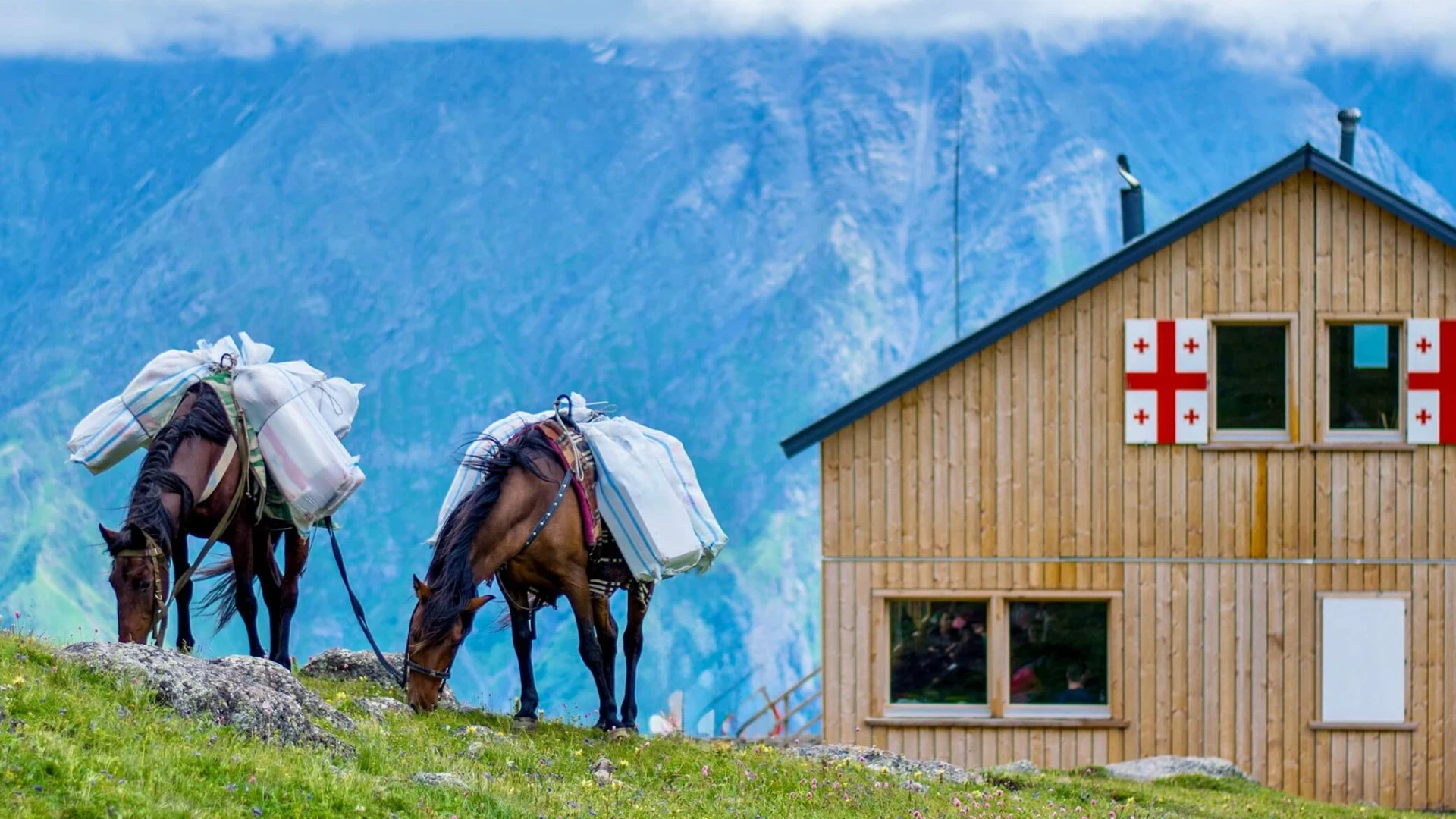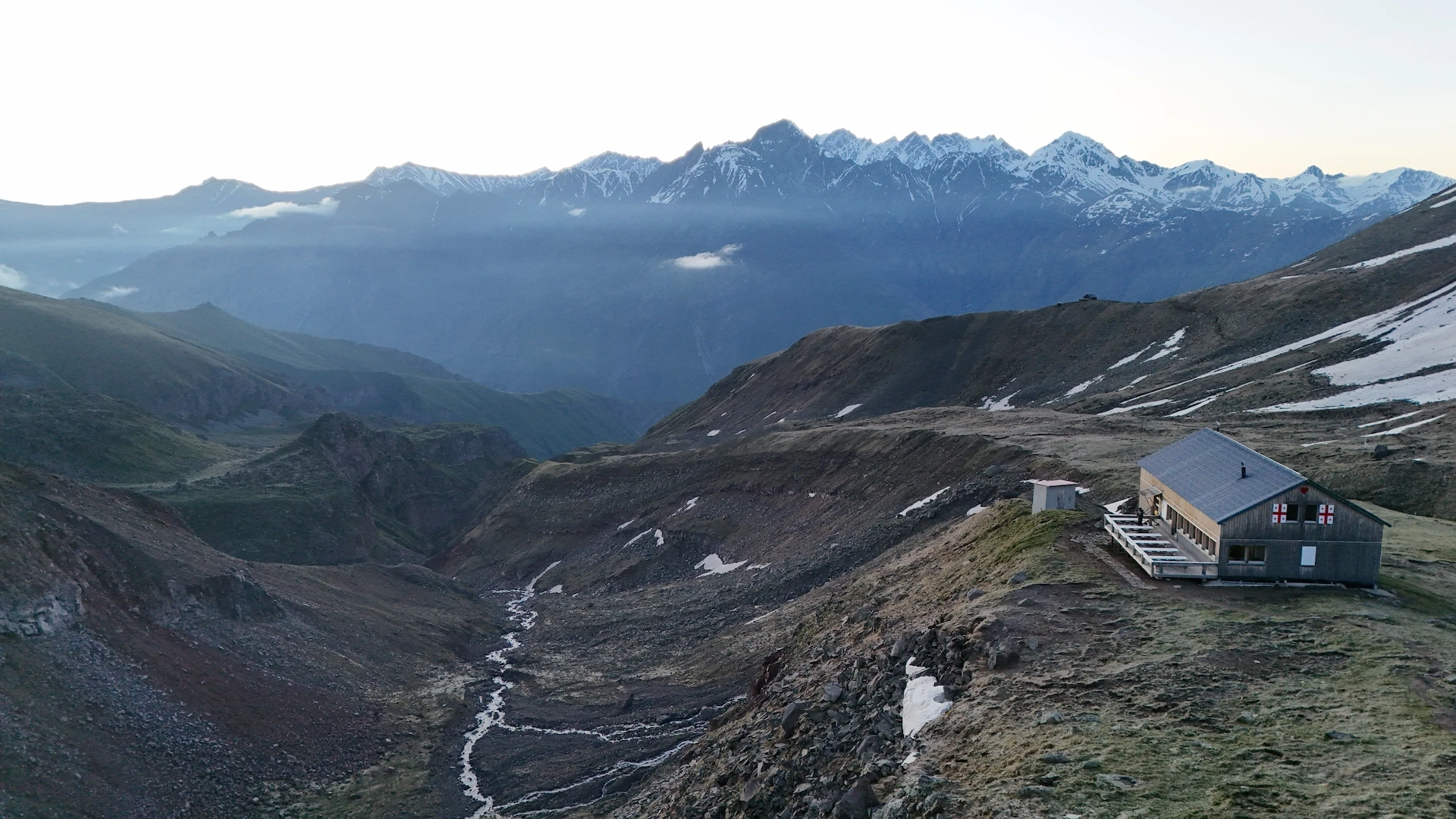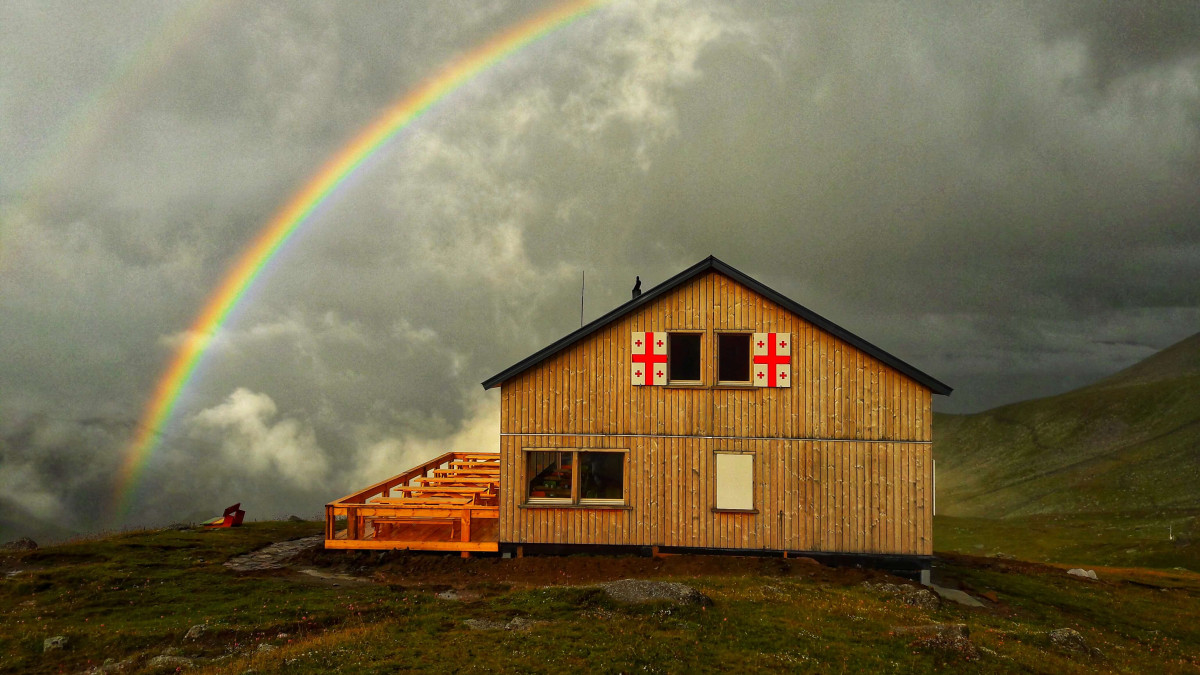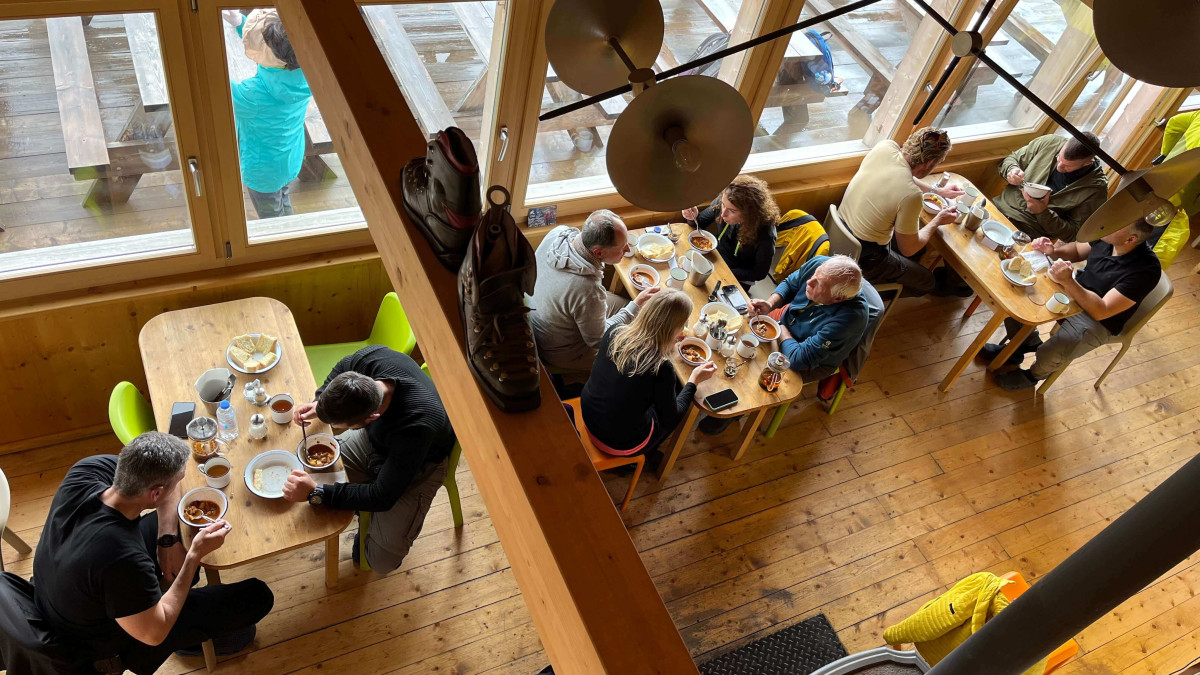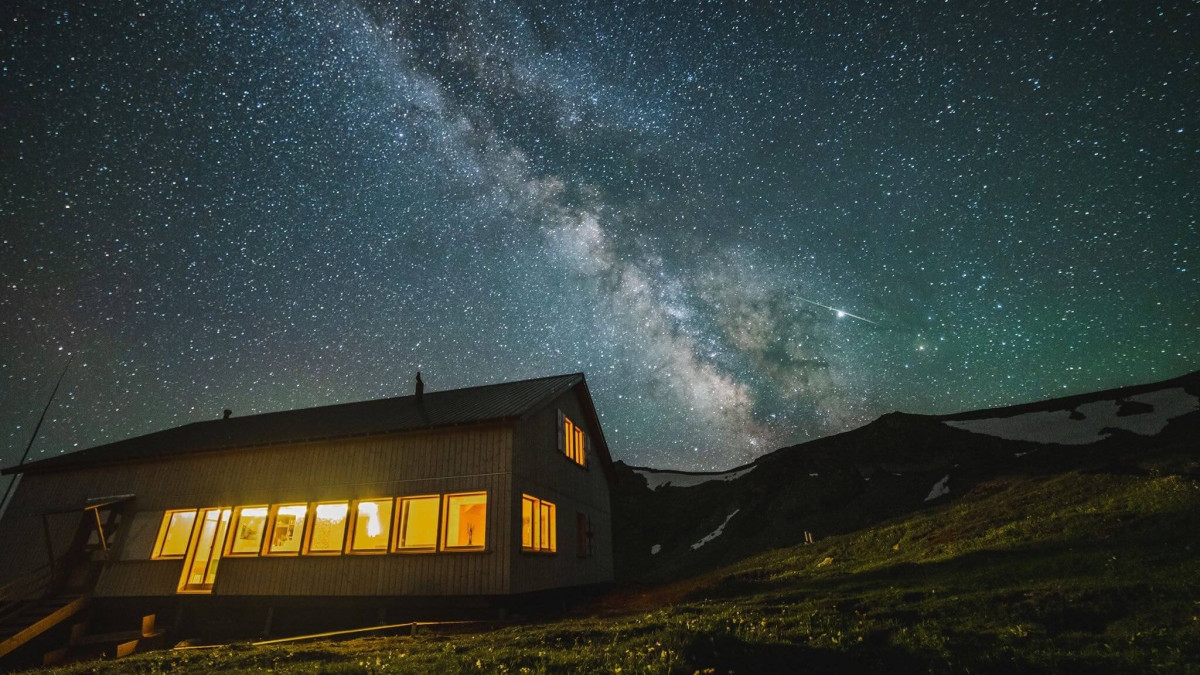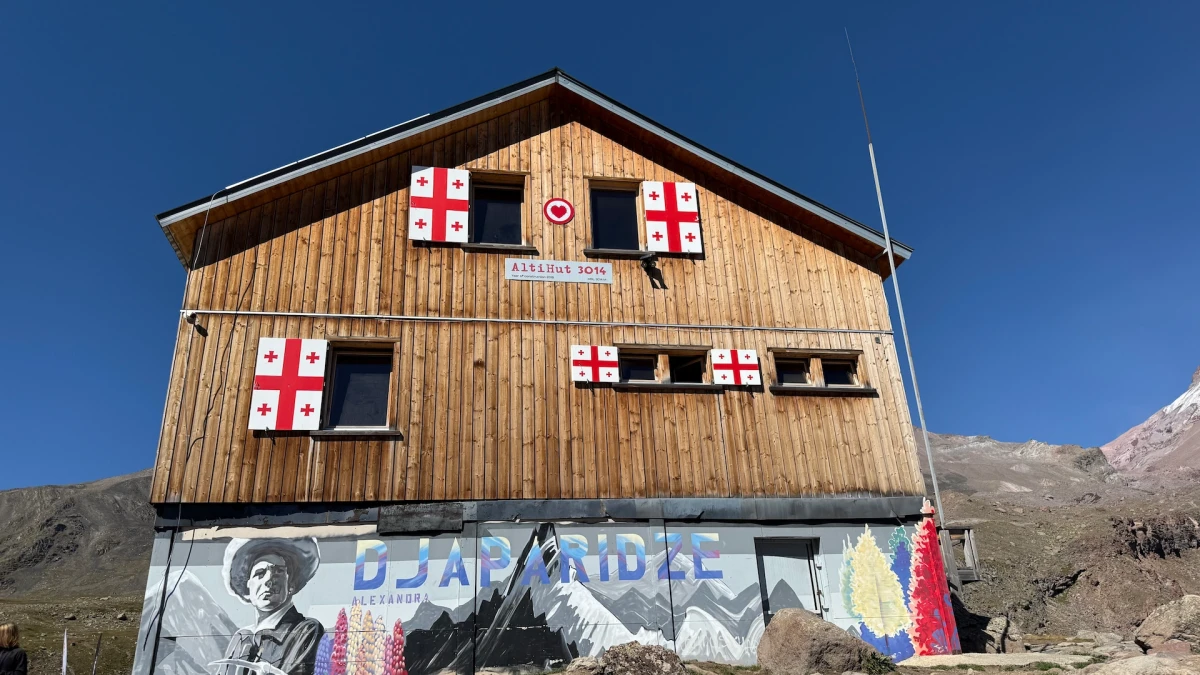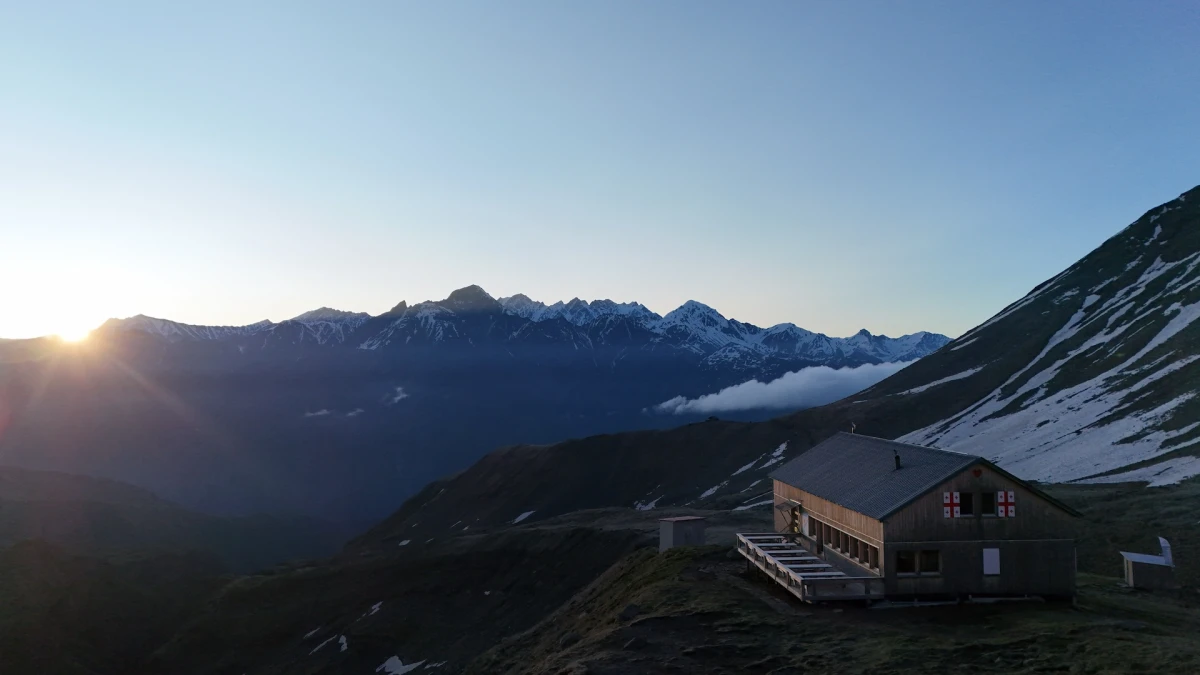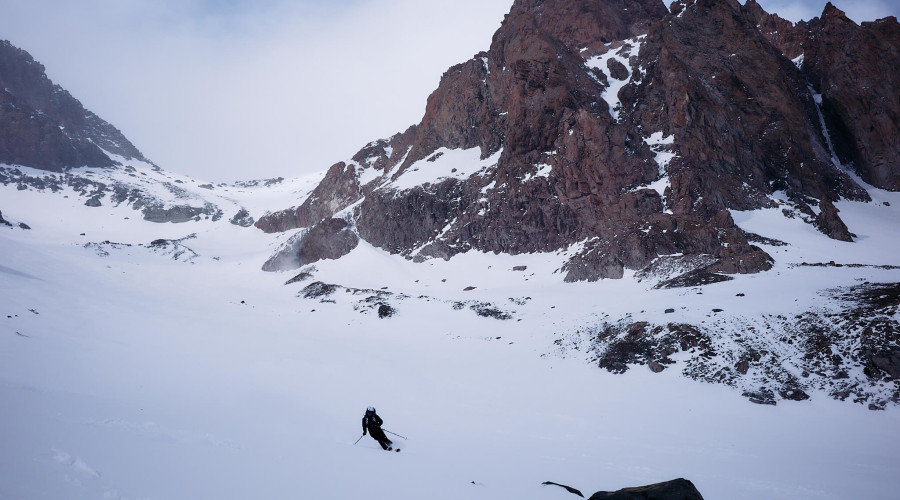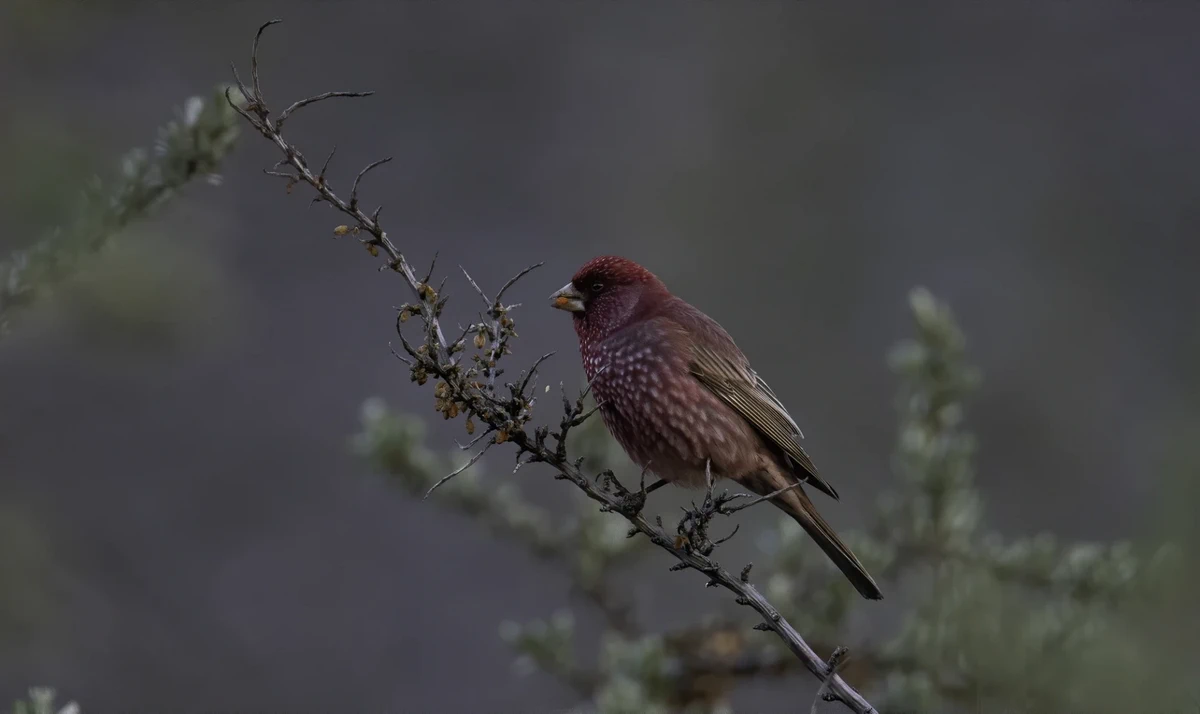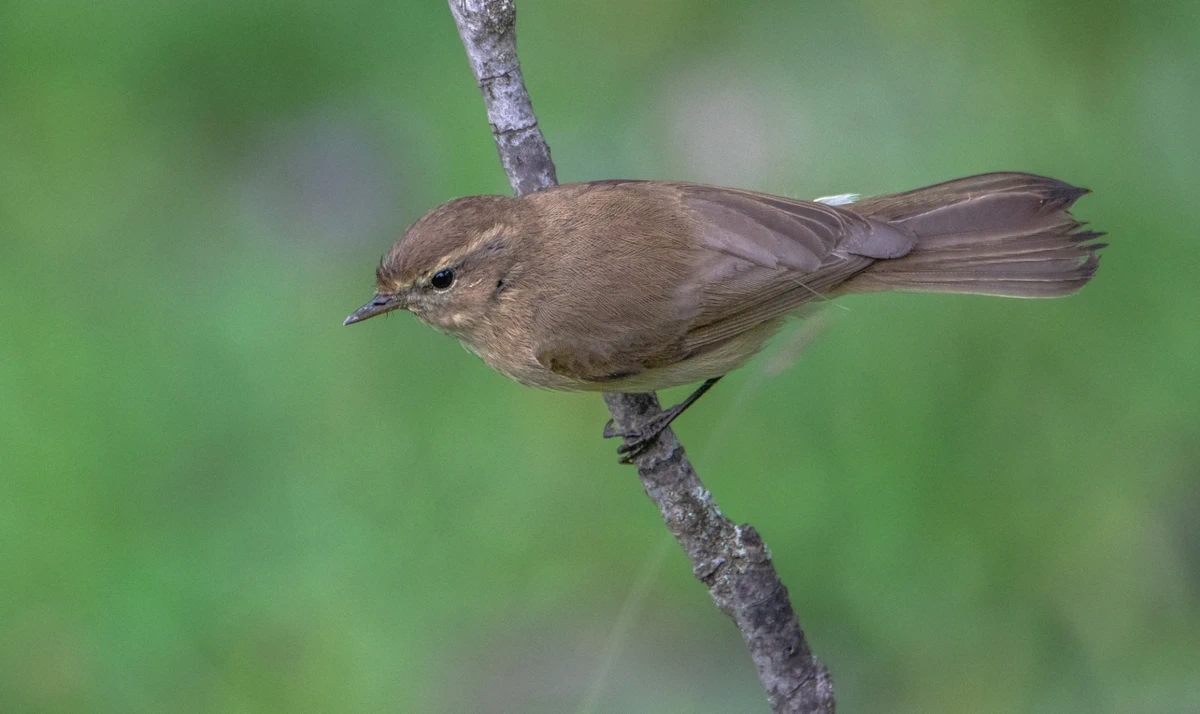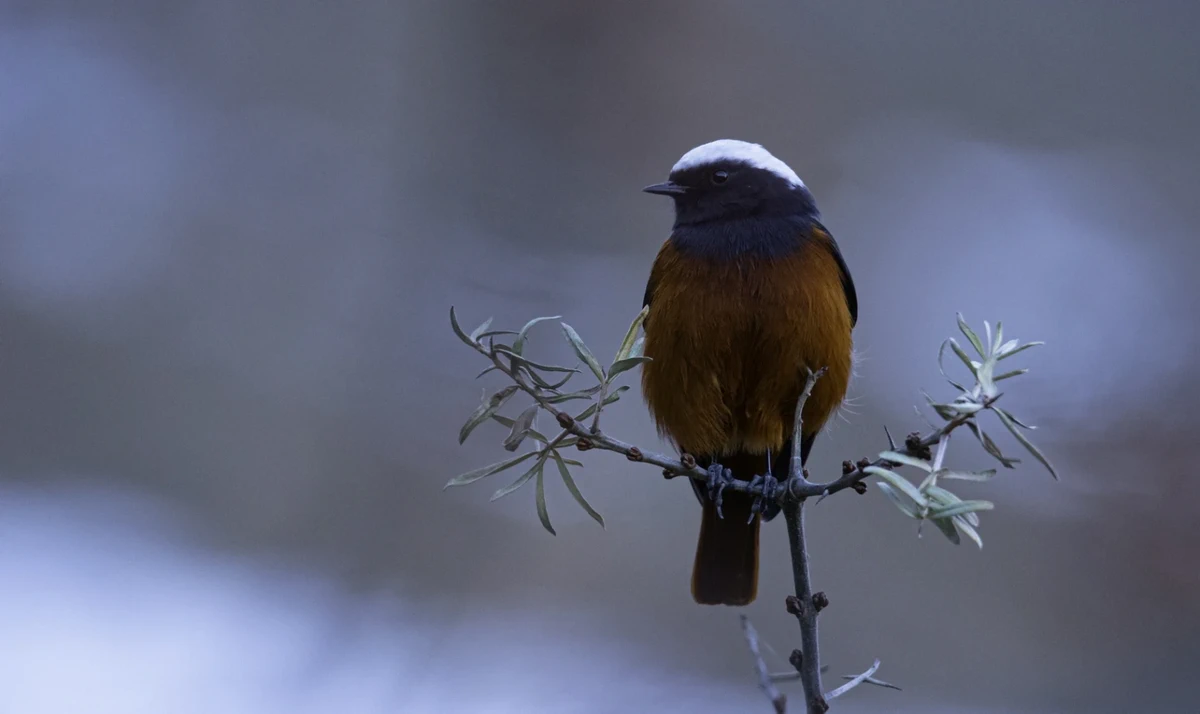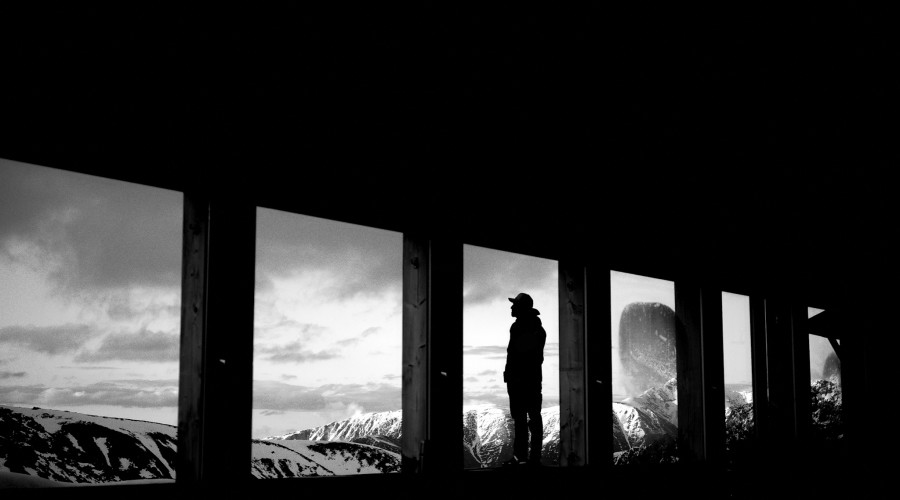Embrace the Planet
Relax, breathe deeply, and revel in the beauty of our world and don’t forget to #TakeCareofYourPlanet
"Climb the mountains and get their good tidings. Nature's peace will flow into you as sunshine flows into trees. The winds will blow their own freshness into you, and the storms their energy, while cares will drop away from you like the leaves of Autumn."
John Muir
Restaurant at 3,014 meters above sea level, your stop before the summit
Hungry for adventure and Craving a taste of altitude?
Take a flavorful detour through our menu.
Welcome to your taste buds' last stop before the summit. The restaurant at 3,014 meteres, just across the one that is on the edge of the galaxy.
Welcome to Altihut
We've carefully crafted a cozy haven high above the clouds, thoughtfully designed to provide the ultimate relaxation after your alpine adventures. Every little detail has been selected with care, infused with dedication from both our human team and our loyal canine companions. View more →
"Almost always, the creative dedicated minority has made the World better"
Dr. Martin Luther King, JR
Caucasus Big Five - A Global Biodiversity Hotspot
Birdwatchers' heaven
The Caucasus region is a globally significant biodiversity hotspot, home to two endemic bird species and two altitudinal migrant endemic subspecies. It is one of Earth's most biologically diverse regions and one of the 36 hotspots for biodiversity. The region's distinct topography and geology create a wide range of species diversity, making it an Endemic Bird Area (EBA) in Europe.
Oh yes, you can birdwatch all these marvels of nature from Altihut.
View more →Our stories
→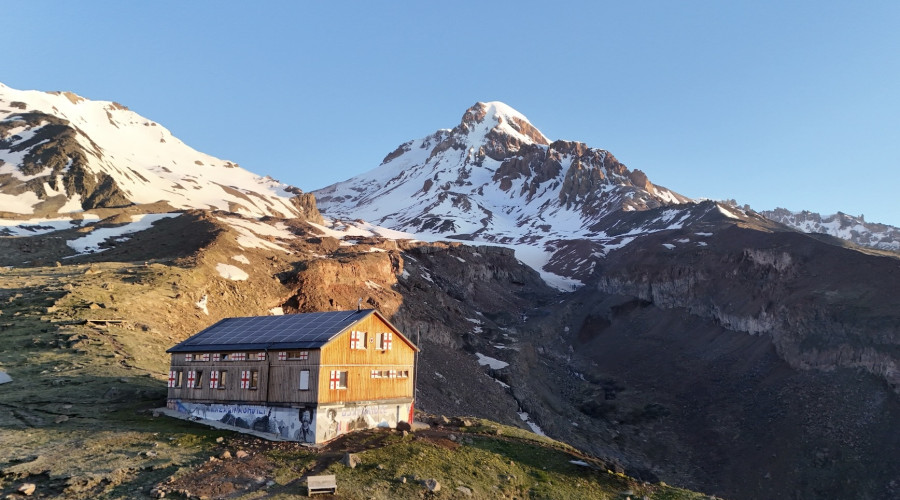
Attitude, not Altitude
